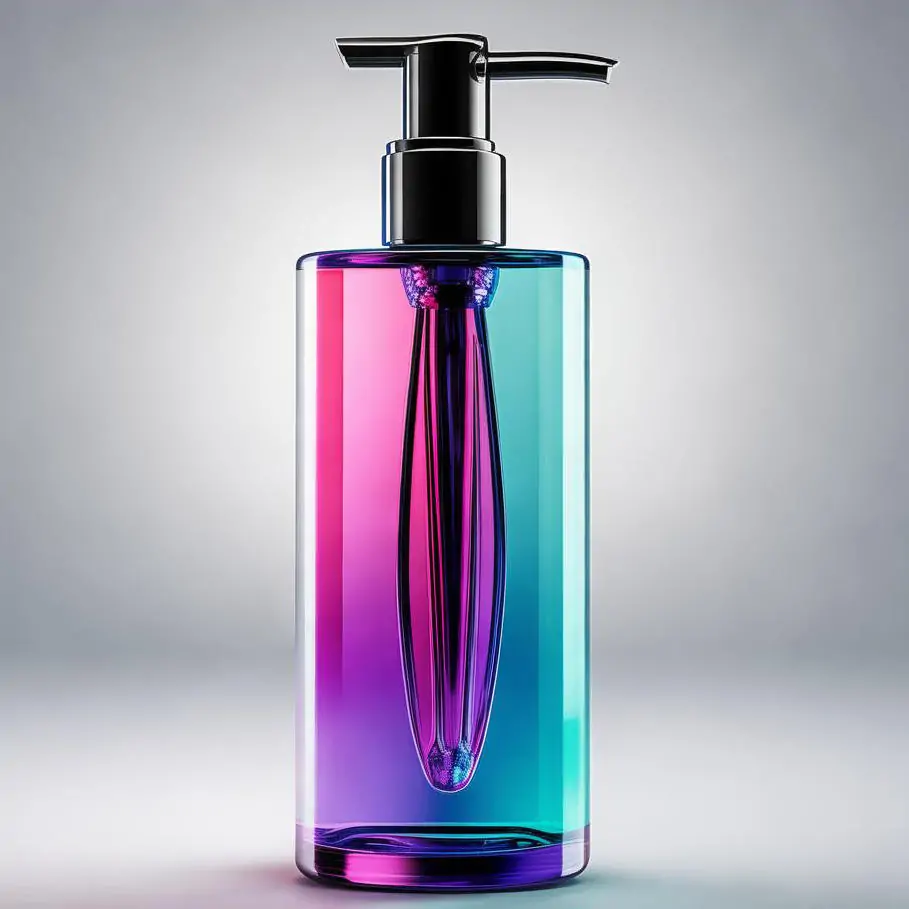In recent years, the hair care industry has witnessed a significant growth in the use of plastic bottles for shampoo packaging. While these bottles offer convenience and practicality, they also pose a severe threat to our environment. This article aims to shed light on the environmental impact of plastic shampoo bottles and explore possible alternatives to reduce their negative effects.

Plastic bottles are the most commonly used packaging material for shampoos due to their lightweight, durability, and cost-effectiveness. However, the production and disposal of these bottles have raised concerns among environmentalists. According to a report by the Ellen MacArthur Foundation, by 2050, there could be more plastic than fish in the oceans if current trends continue.
The life cycle of a plastic shampoo bottle starts with the extraction of fossil fuels, primarily oil and natural gas, which are used to produce plastic. This process contributes to the emission of greenhouse gases, accelerates climate change, and depletes non-renewable resources. Once the plastic bottle is manufactured, it is filled with shampoo and distributed to consumers worldwide.
After use, the majority of plastic bottles end up in landfills or incinerators. Only a small percentage are recycled, and the recycling process itself is energy-intensive and costly. Landfills are already overflowing with plastic waste, which takes hundreds of years to decompose. In the process, toxic chemicals leach into the soil and water, causing harm to plants, animals, and humans.
Moreover, plastic bottles that find their way into the oceans have devastating effects on marine life. Animals mistake them for food, leading to injury or death. The plastic also breaks down into microplastics, which are ingested by marine organisms and eventually enter the human food chain.
To address this issue, the hair care industry must take responsibility and adopt more sustainable practices. One solution is to reduce the use of plastic bottles by developing innovative packaging materials. Some companies have already started using biodegradable materials, such as plant-based plastics or aluminum, which have a lower environmental impact.
Another approach is to encourage the use of refill stations, where consumers can refill their shampoo containers, thereby reducing the demand for single-use plastic bottles. Additionally, improving recycling facilities and raising awareness about the importance of recycling can help increase the recycling rate of plastic bottles.
In conclusion, the use of plastic bottles in the hair care industry has significant environmental consequences. It is crucial for manufacturers, consumers, and policymakers to work together to find sustainable alternatives to reduce plastic waste. By adopting greener practices, we can protect our planet and ensure a healthier future for generations to come.